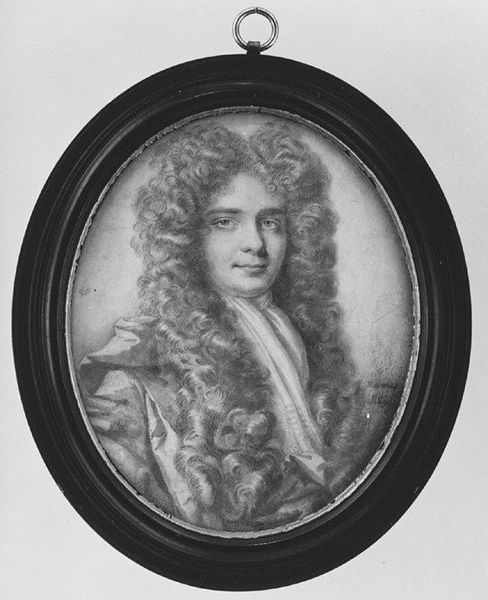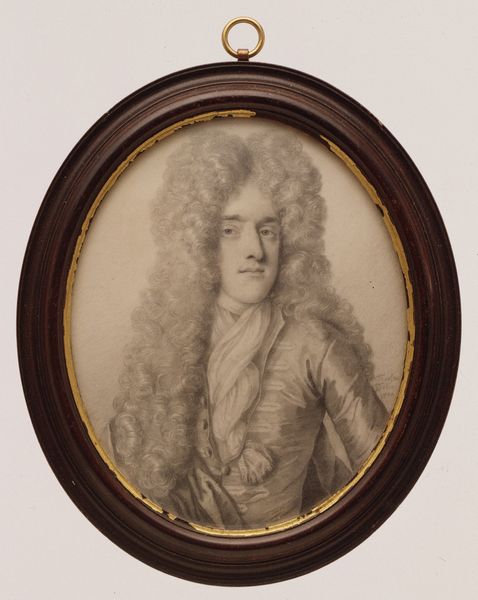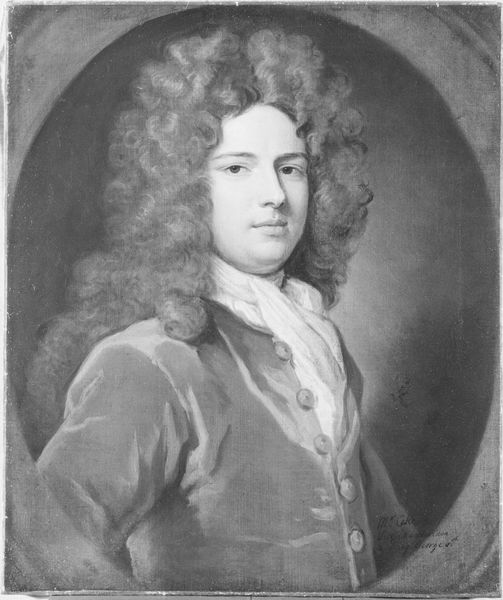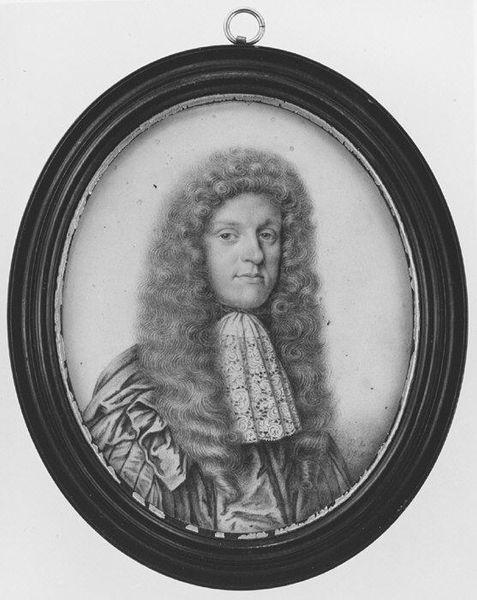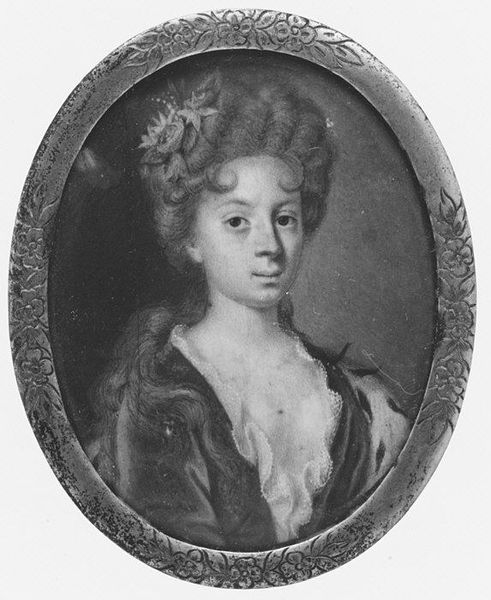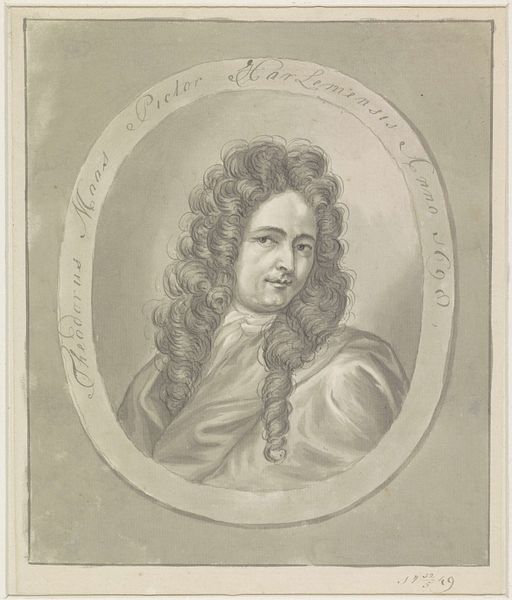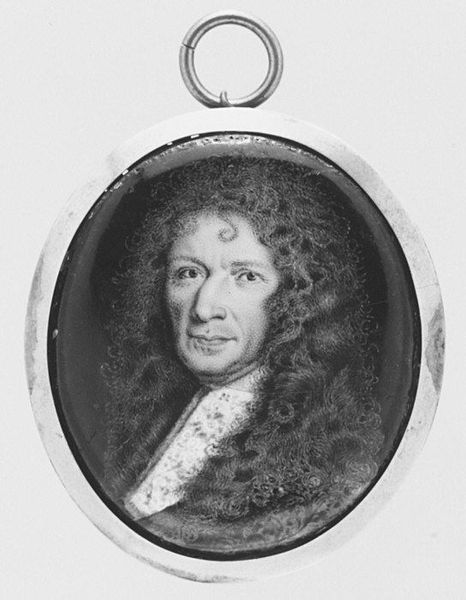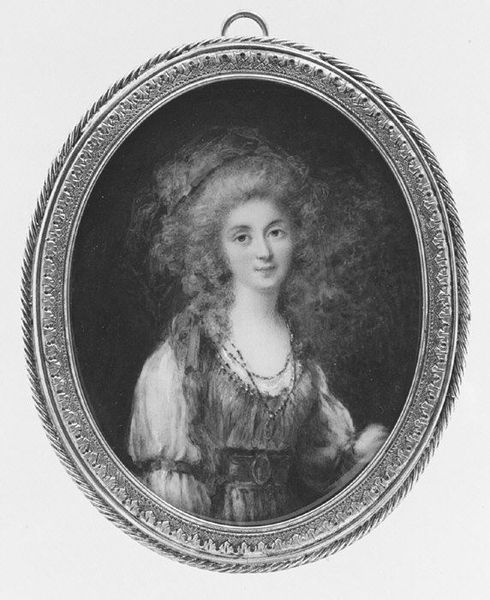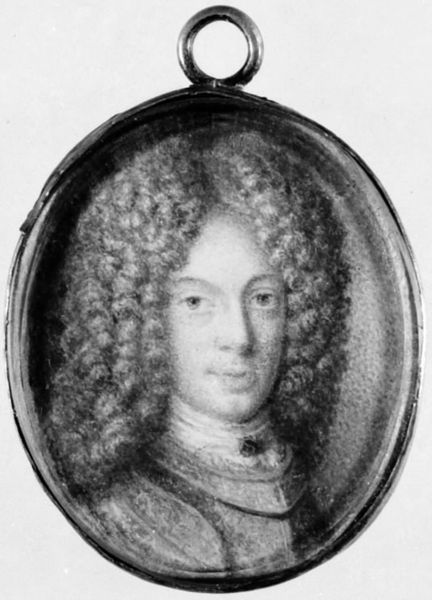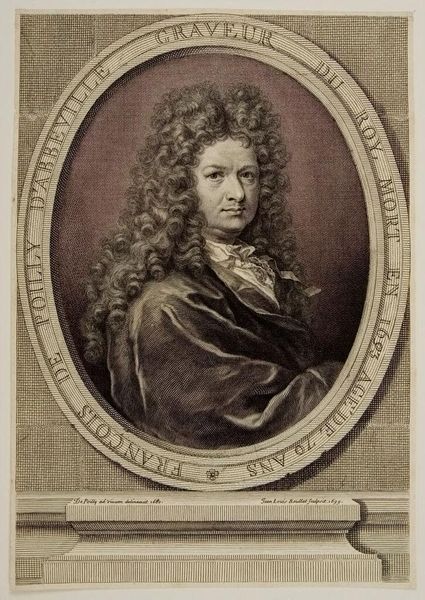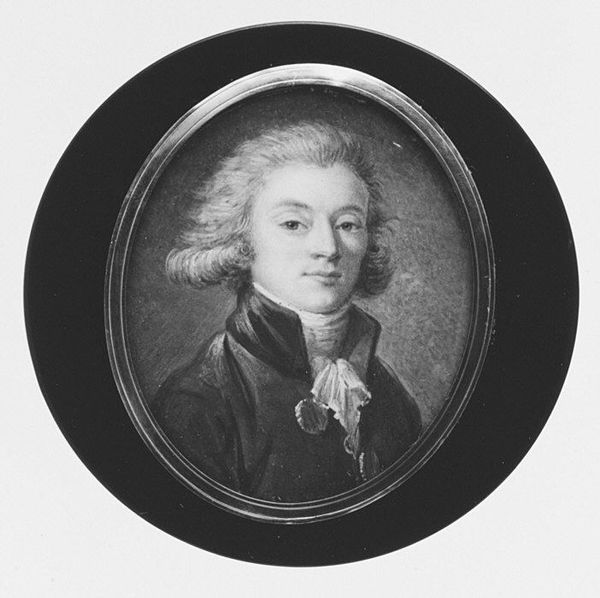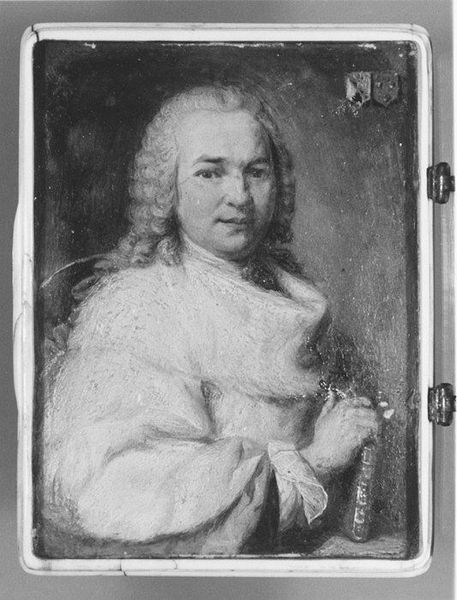
Dimensions: Oval, 5 1/8 x 4 in. (130 x 102 mm)
Copyright: Public Domain
Thomas Forster rendered this portrait with graphite on ivory in the early 18th century. The most striking motif is the elaborate wig, a potent symbol of status and power in the period. Consider, though, how such displays of artificial hair connect to earlier traditions. From ancient Egyptians shaving their heads and donning wigs for hygiene and status to the towering hairstyles of the French court, hair, whether real or artificial, speaks volumes. It's a language of belonging and aspiration, deeply embedded in our collective psyche. Think of the psychological weight of adornment. It's more than vanity; it is the individual's desire to project an idealized self, to partake in a shared visual language of power. And in viewing it, we subconsciously recognize this performance. The wig, the drape of fabric, they all point to a complex dance of identity, perpetually re-enacted on the stage of history.
Comments
No comments
Be the first to comment and join the conversation on the ultimate creative platform.
